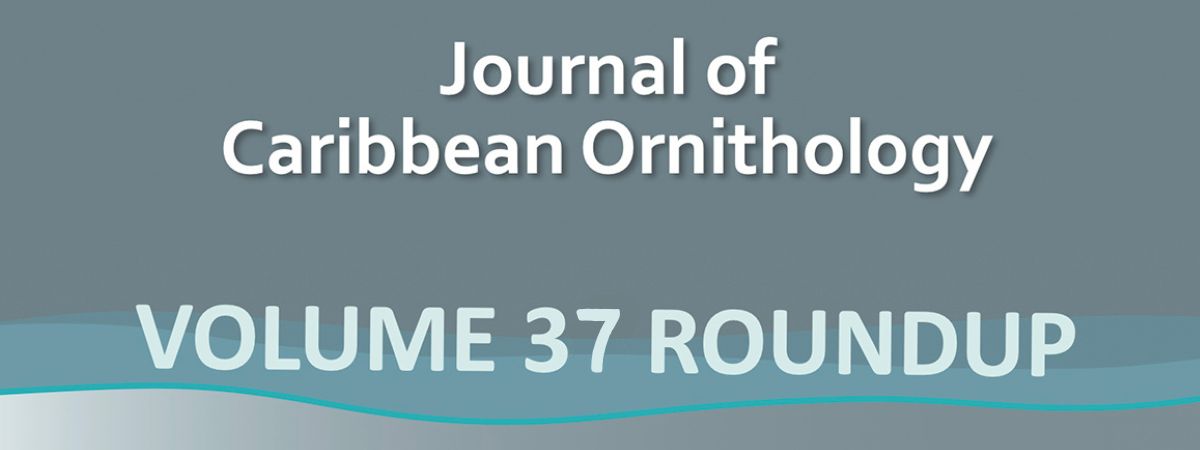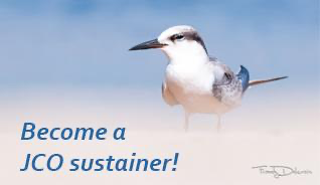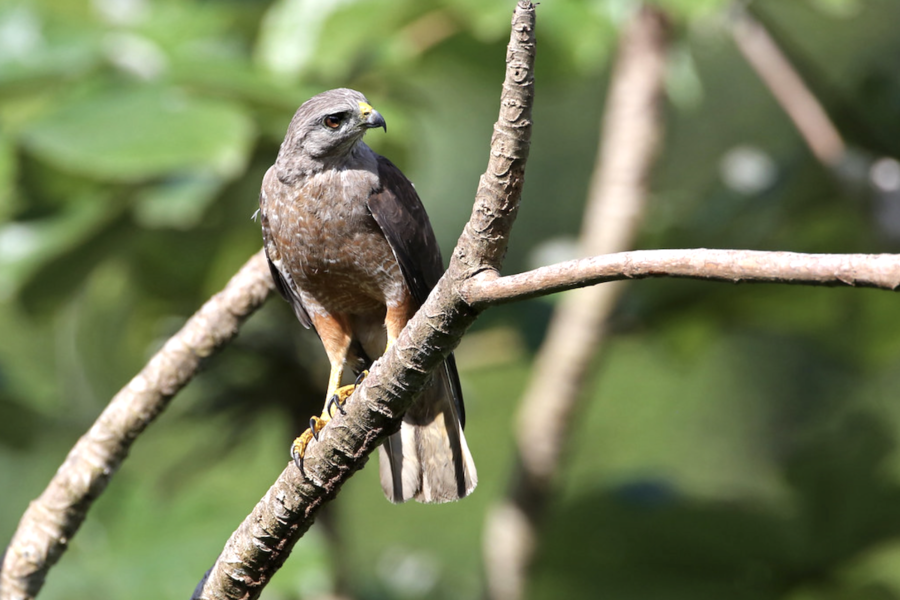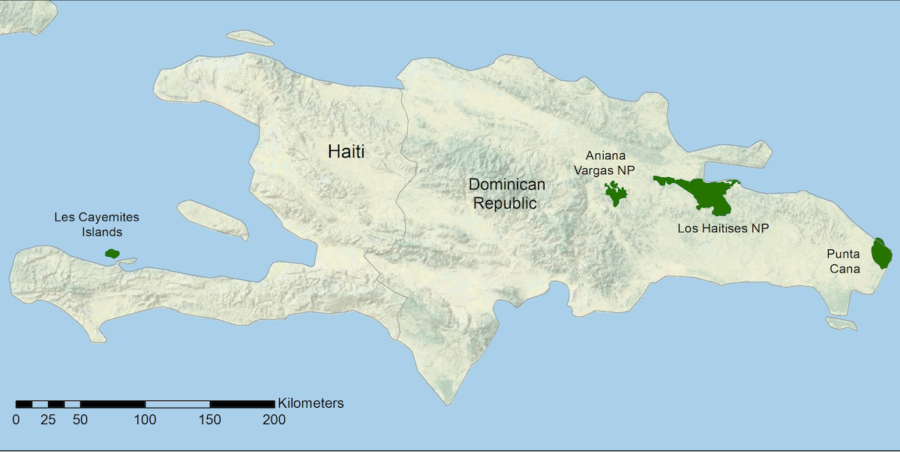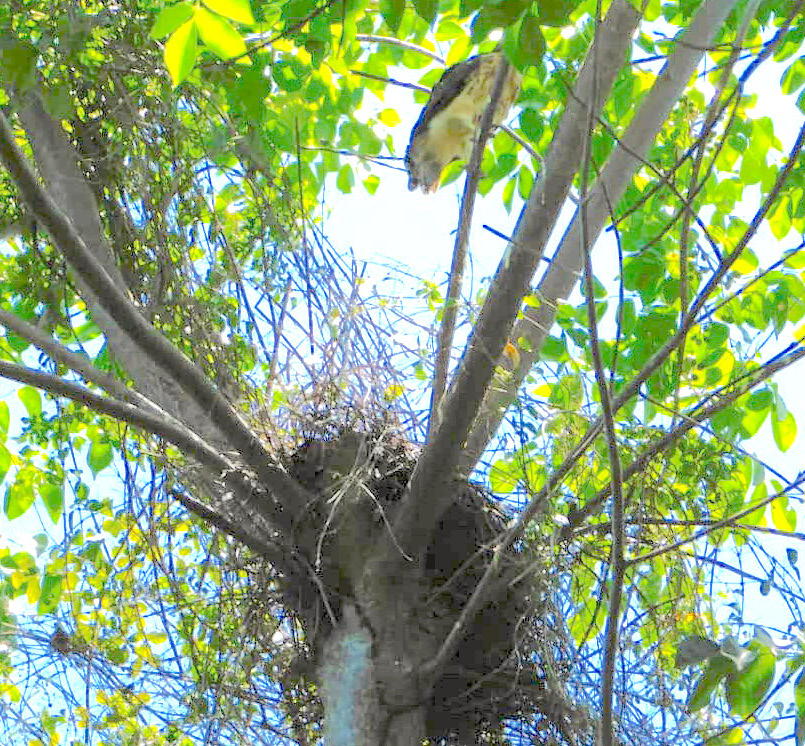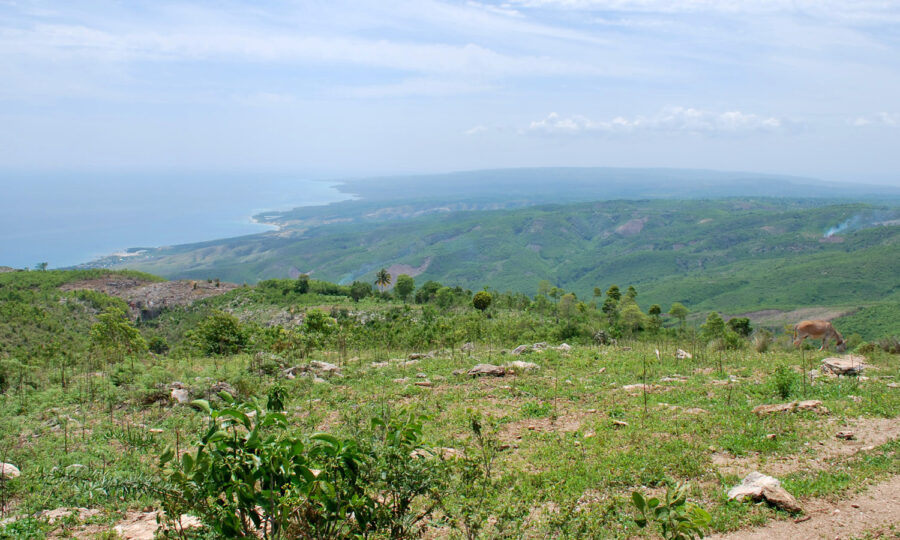The Journal of Caribbean Ornithology (JCO) continues to publish peer-reviewed research that advances our understanding of Caribbean birds and ecosystems, providing critical insights for conservation. In this annual roundup, the JCO staff is proud to highlight the outstanding work of researchers across the Caribbean.
Volume 37 features a wide range of studies, including population dynamics, habitat use, bird behavior, and monitoring methods. Of the 13 articles, four focus on nocturnal or elusive species, providing valuable information for conservation planning. This issue also reflects JCO’s deep ties to the Caribbean bird science and conservation community, as reflected in two In Memoriam tributes to Virginia Sanz D’Angelo and Orlando Garrido, two esteemed ornithologists who passed away this year. Additionally, Steven Latta contributes another installment of “Recent Ornithological Literature” and three insightful book reviews.
We are deeply grateful to our dedicated team of editors, reviewers, copyeditors, translators, proofreaders, and production specialists, whose hard work ensures the continued excellence of our publications. We also extend our appreciation to the 77 authors who entrusted JCO to share their open-access research. With the support of our non-profit partner, BirdsCaribbean, JCO remains committed to fostering early-career researchers, publishing content in three languages, and maintaining an open-access archive dating back to our very first volume in 1988. Join us in sustaining this vital resource—become a JCO supporter today!
RESEARCH ARTICLES AND NOTES
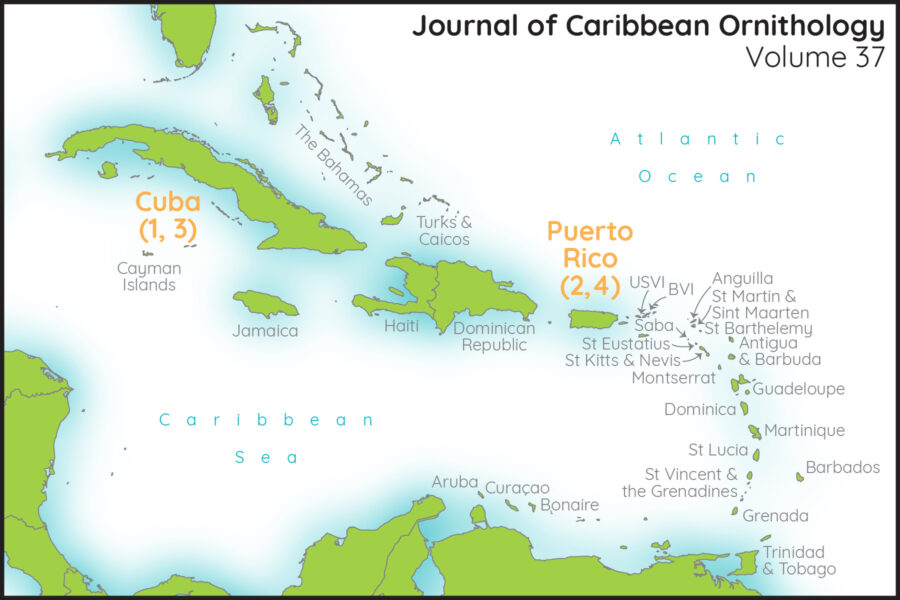
Christopher C. Rimmer, Nicasio Viña Davila, John D. Lloyd, Yves Aubry, Carmen Placencia León, Yasit Segovia Vega, Freddy Rodríguez Santana, Jose Ramon Fuentes, and Alejandro Llanes Sosa
The elusive Bicknell’s Thrush breeds in a narrow corridor along the eastern U.S. and Canada and overwinters exclusively in the Greater Antilles, primarily in Hispaniola. However, other islands, including Cuba, also play a key role in its wintering habitat mosaic. In this paper, Chris Rimmer and colleagues present findings from their long-term research on Bicknell’s Thrush in Cuba, which began in the late 1990s. Their study maps the species’ distribution and assesses its status in Cuba, providing valuable insights into how to protect this vulnerable migratory bird throughout its annual cycle.
Leanne A. Grieves, Quinlan M. Mann, Michael J. Morel, and James S. Quinn
National parks and wildlife refuges play a vital role in conserving native birds, especially endemic and endangered species. The Puerto Rican Nightjar, once believed to be extinct from the late 1800s to the mid-1900s, now thrives in a network of state forests in southern and southeastern Puerto Rico. In this research note, Grieves and colleagues describe the first records of the species within the Cabo Rojo National Wildlife Refuge. Their findings underscore the importance of protected areas for species recovery and highlight the need for further surveys to assess the nightjar’s population status and habitat use.
Seriocha Amaro-Valdés
Some widespread species remain poorly studied, like the elusive Stygian Owl (Asio stygius siguapa). This owl has a fragmented distribution across Central and South America and the western Caribbean. The Cuban subspecies, A. s. siguapa, inhabits Isla de la Juventud, a special municipality south of mainland Cuba, but is rarely observed. In this research note, Amaro-Valdés shares new insights into the species, including descriptions of its nest and eggs, diet, and distribution on the island. These observations contribute valuable knowledge to the life history and ecology of this mysterious Neotropical owl.
Luis A. Ramos-Vázquez, Nahíra Arocho-Hernández, Cielo Figuerola-Hernández, José L. Herrera-Giraldo, Eduardo A. Ventosa-Febles, Ana M. Román, and Silmarie Padrón
Just off the west coast of Puerto Rico lies Desecheo Island, a small, uninhabited island managed as a National Wildlife Refuge. Home to several seabird species, the island also harbored invasive mammals that preyed on breeding birds. After an extensive eradication effort, Desecheo was declared free of invasive mammals in 2017, allowing seabird populations to recover. In this article, Ramos-Vázquez and his team report the first evidence of Audubon’s Shearwaters nesting on the island, marking a hopeful sign for the species’ future in the region.
CONSERVATION REPORTS
Howard P. Nelson, David N. Ewert, Mark Hulme, Daniel J. Lebbin, Jennifer Mortensen, Holly Robertson, Bonnie Rusk, Lisa Sorenson, Ann M. Haynes-Sutton, Adrianne Tossas, Amy Upgren, George E. Wallace, Maya Wilson, and Eleanor S. Devenish-Nelson
Identifying priority conservation issues is a critical first step to conservation action, as threats to species and biodiversity are often too numerous and complicated to tackle all at once. This holds especially true for endemic and threatened birds in the Caribbean, where habitat loss and degradation, invasive species, and climate change (to name a few) all interact to drive species declines. In 2022, the Endemic and Threatened Species Working Group (ETSWG) conducted a survey to assess conservation priorities for Caribbean birds and evaluate the region’s capacity to address these challenges. In this conservation report, ETSWG members share key findings from the study and outline recommendations to strengthen avian conservation efforts in the Caribbean.
PERSPECTIVES AND OPINIONS
The Puerto Rican Tody (Todus mexicanus): what’s in a name?
Thomas W. Sherry, José González Díaz, Felisa Collazo Torres, Raúl A. Pérez-Rivera, Justin Proctor, Herbert Raffaele and Adrianne Tossas
Endemic species are often a source of national pride, garnering love and support even from people with otherwise little connection to nature. The Puerto Rican Tody (Todus mexicanus)—an adorable and charismatic bird—belongs to the Todidae family, which is found only in the Caribbean. However, its scientific name is misleading and geographically inaccurate. How did this Puerto Rican endemic end up with a name referencing Mexico? And could this misnomer impact national pride and conservation efforts? In this Perspectives and Opinions piece, Sherry and colleagues unravel the history behind this taxonomic mix-up and discuss its potential implications, as well as possible solutions to set the record straight.
A new hypothesis on the identity of Gosse’s Blue Partridge (Zenaida? plumbea) from Jamaica
Catherine Levy and Susan Koenig
Historical misidentifications and taxonomic mysteries can persist for centuries, shaping our understanding of species past and present. One such enigma is Gosse’s Blue Partridge, a bird reportedly observed in Jamaica in the 1700s and later described by naturalist P.H. Gosse in the 1800s. With no confirmed sightings since, the species remains an open question—was it a now-extinct bird, or a misidentification of an existing species? In this Perspectives and Opinions piece, Levy and Koenig revisit this ornithological puzzle, examining 18th-century illustrations and historical records to shed new light on the identity of Jamaica’s mysterious “Blue Partridge.”
Special Issue 37: Conference Proceedings of BirdsCaribbean’s 24th International Conference
The JCO is proud to present a comprehensive volume of conference proceedings from BirdsCaribbean’s 2024 International Conference. Held in Santo Domingo and co-hosted by BirdsCaribbean and Grupo Jaragua, the conference united researchers, conservationists, and bird enthusiasts under the theme “From Mangroves to Mountains: Safeguarding Our Avian Treasures.”
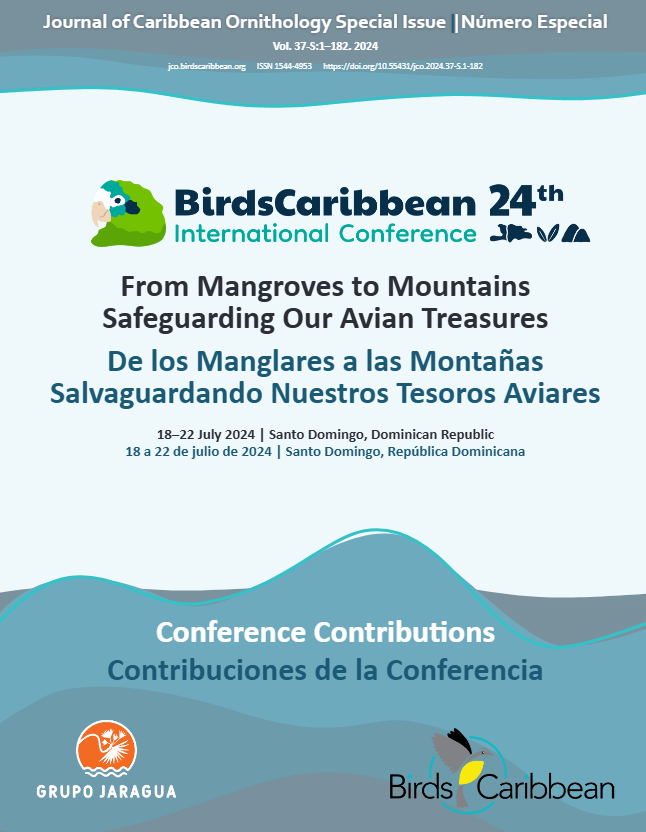
Over five days of engaging presentations—plus pre- and post-conference workshops and field trips—more than 300 delegates from 31 countries shared their research, exchanged ideas, and strengthened networks for Caribbean bird conservation. The conference proceedings, available as a Special Issue in Volume 37, serve as a lasting reference, featuring over 170 pages of contributions from keynotes, workshops, roundtables, symposia, and oral and poster presentations. Fully bilingual (English and Spanish), this issue highlights the latest advancements in ornithology and conservation across the region.
BOOK REVIEWS
Book Authors: Martín Acosta, Lourdes Mugica, and Karen Aguilar
Book Review by: Steven C. Latta
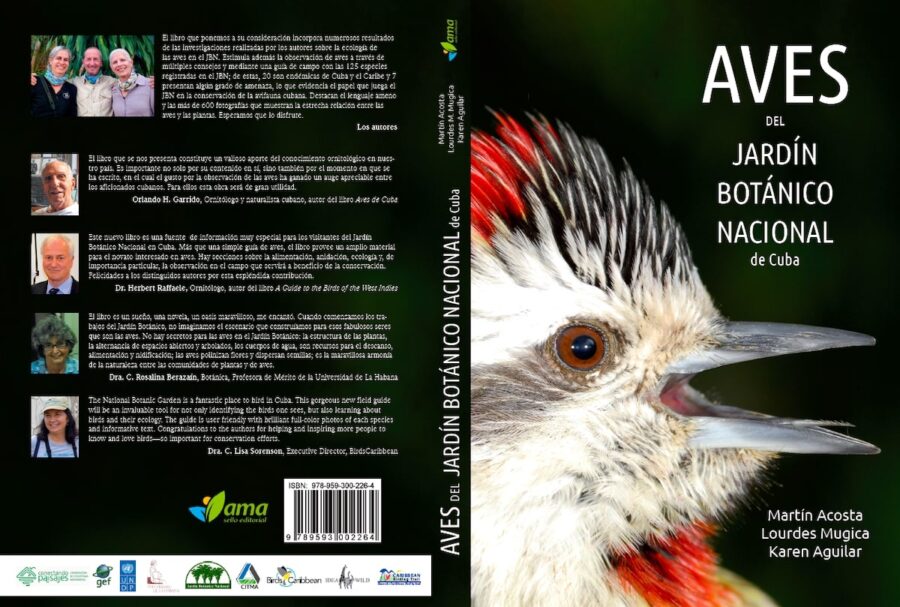
Field Guide to the Birds of Cuba, Second Edition
Book Authors: Arturo Kirkconnell and Orlando H. Garrido
Book Review by: Steven C. Latta
The Field Guide to the Birds of Cuba (Second Edition) is available for purchase directly from Amazon.
Guide to the Alien and Invasive Animals of the Caribbean
Book Authors: Arne Witt, Mike Picker, and Kirsty Swinnerton
Book Review by: Steven C. Latta
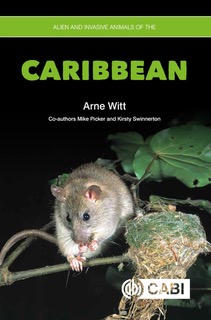
RECENT ORNITHOLOGICAL LITERATURE (ROL) FROM THE CARIBBEAN
This annual compilation, curated and annotated by Steve Latta, highlights the most important ornithological articles published in other journals. The Recent Ornithological Literature (ROL) section serves as a valuable resource for researchers, conservationists, and bird enthusiasts by summarizing key studies on Caribbean birdlife. This collection ensures that the latest scientific findings remain accessible to those working to protect and understand the region’s avian diversity.
Article by
Zoya Buckmire – Lead Copy Editor for the Journal of Caribbean Ornithology;
Stefan Gleissberg – Managing and Production Editor for the Journal of Caribbean Ornithology
The Journal of Caribbean Ornithology relies on donations to keep our publications free and open-access. Your support helps give a voice to Caribbean ornithologists and their critical research while ensuring that conservation knowledge is accessible to all. Join us in sustaining this vital resource—become a JCO supporter today!
The link to the field guide on Amazon is an “affiliate” link. If you purchase through this links, a portion of the sale supports BirdsCaribbean at NO additional cost to you. Thank you!

